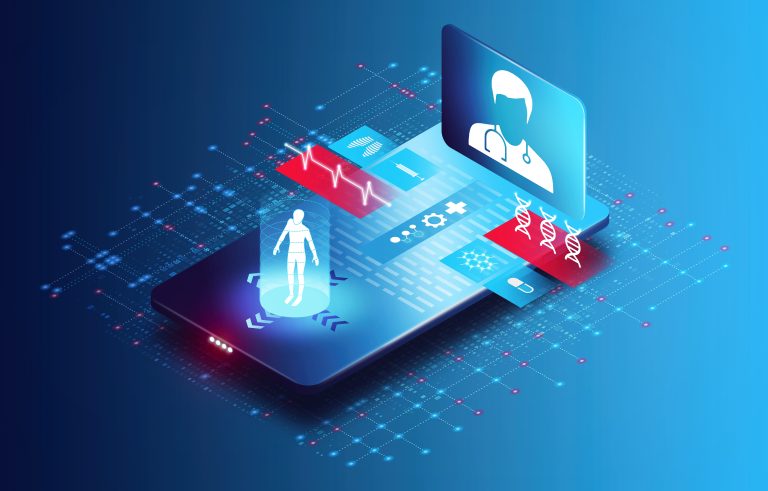Revolutionizing Rural Healthcare: Navigating the 2024 Transition
Blog brought to you by our partner MD Revolution

The healthcare industry often evolves at a snail’s pace, but the year 2024 promises a groundbreaking change for RHCs that will disrupt the status quo. It marks the recognition of Remote Patient Monitoring (RPM) as not merely a service but a vital component of care delivery. The eagerly awaited Proposed Rule from Centers for Medicare and Medicaid Services (CMS) ushers in this pivotal shift toward equitable access, while also raising several questions for providers to address. In a recent panel discussion, MD Revolution’s Paul Huffman and Azalea Health’s Doug Swords dissected the implications of this proposed change, tackled the challenges, and unearthed innovative strategies to help RHCs navigate this uncharted territory.
"Four out of ten rural hospitals are operating at a loss, so we're constantly exploring ways to boost revenue and cut costs. But maximizing reimbursement is just one part of the puzzle. The bigger question is how to achieve better outcomes, enhance the quality of care, and increase profitability. That's what we're here to discuss,"
-Doug Swords, Co-Founder& SVP of Revenue Cycle Management at Azalea Health.
The Remote Care Management Revolution: A Necessity with Benefits
CMS's Proposed Rule: A Glimpse into the Future
Synergizing Innovation: Combining RPM and CCM
Navigating Ambiguity: Strategic Adaptation for RHCs
About MD Revolution + Azalea Health
As a valued partner, MD Revolution offers strategically integrated Chronic Care Management and Remote Patient Monitoring solutions. These seamlessly blend with Azalea’s electronic health records, revenue cycle management, data insights, and telehealth solutions specifically tailored for rural and community practices and hospitals. Our solutions are quick to deploy and user-friendly, ensuring improved care coordination and communication. This not only leads to better outcomes but also provides a significant competitive edge.
Learn more at https://mdrevolution.com/partner/azalea/
